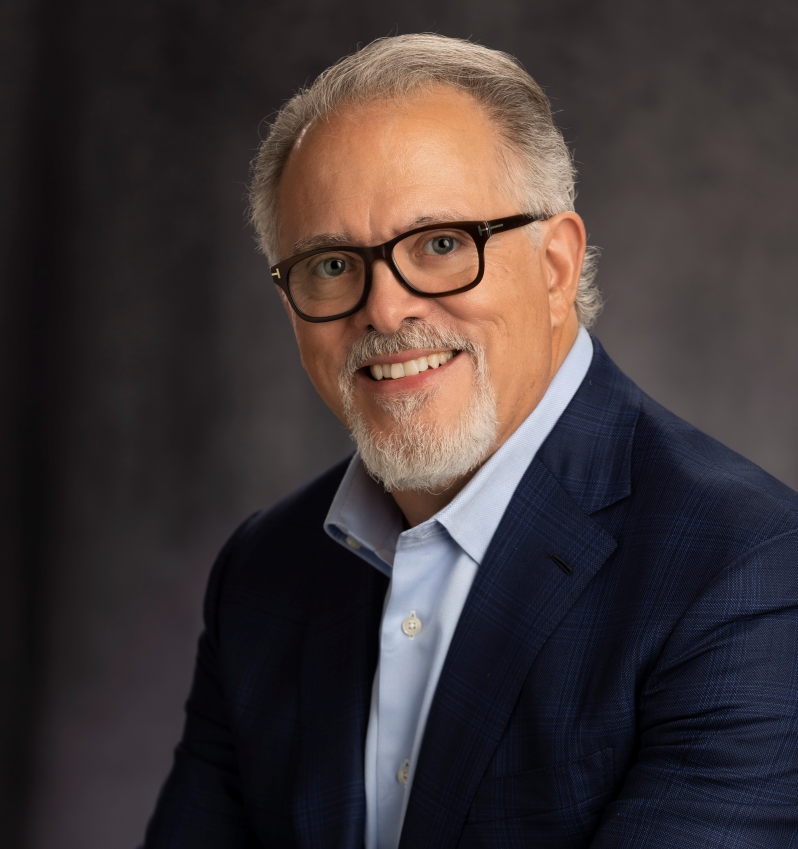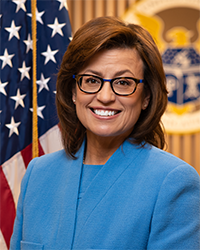HISPANIC MARKET OVERVIEW 2014 – InFocus Excerpts
Hispanic Market Overview 2014, presented by Lopez Negrete Communications, is now available via download at no charge to all via HispanicAd.com. We thank the more than 3,000 industry professionals who downloaded this year’s report within the first 24 hours of its release.
Due to the size of the PDF file, iPad and iPhone users have been unable to view the document. Therefore, AdamRJacobson.com will be offering select excepts from this year’s report in the coming weeks as a benefit to industry professionals.
We continue our series of excepts with a Q&A session from Houston featuring Alex Lopez Negrete.
THE HMO INTERVIEW: ALEX LOPEZ NEGRETE
In mid-March 2014, at a Miami event featuring one of the Latin world’s biggest recording artists, no one had many positive things to say about the U.S. Hispanic market. One familiar face shared the news that she had shifted agencies and had “happily” left the U.S. Hispanic market to focus on media buying and planning in Latin America. A longtime Hispanic market executive lamented that the market was still slow, and things were moving glacially. A third bemoaned layoffs at her company. A fourth person noted that he was actively looking for work in the “general market.”
Has the U.S. Hispanic market hit its peak? Are years of gloom and doom ready to set in?
If you’ve spoken with veteran Hispanic advertising industry executive Alex López Negrete lately, the answer is clearly, and emphatically, no.
“It’s been a crazy, wonderful year full of growth!” says Negrete, who oversees Houston-based Lopez Negrete Communications (LNC), a full-service Hispanic-focused multicultural agency that in 2015 will celebrate its 30th anniversary.
Among the highlights from the last 12 months: In June 2013, Verizon Communications announced that it had decided to consolidate its Hispanic market advertising efforts by awarding all strategic planning, creative, and digital responsibilities for Verizon Wireless from GlobalHue to LNC. Verizon’s relationship with LNC dates to October 2010, when it shifted its estimated $50 million U.S. Hispanic non-wireless business from GlobalHue.
In October 2013, LNC, which already has a Los Angeles outpost, opened the doors to its New York City office. Why? “I was drunk,” López Negrete says with a laugh.
“Connectedness to our clients and our community has always been the hallmark of our agency, but it is also a game of scale and access,” he says. “Having a New York presence was the next level of evolution for the agency, and having a large client in Verizon Wireless allowed us to achieve swift growth as a full-service agency. We’re very happy with how we are growing.”
With Bank of America a client now in its 21st year with LNC and Walmart set to celebrate 20 years with LNC next year, the agency has thrived with a diverse assortment of companies that have committed to reaching U.S. Hispanic consumers by directly communicating with them. Among LNC’s other clients are Shell, AARP, Pernod Ricard, Dr Pepper Snapple Group and hulu.
López Negrete is pleased that the CPG category remains strong, but hopes that pharmaceutical companies will “get serious about the Hispanic market” and increase their targeted marketing initiatives.
At the same time, López Negrete has worked hard across his agency’s departments to ensure that their client’s “total market” objectives are met. Asked how LNC ensures that their client has met its “total market” desires, López Negrete says, “It is the question we ask ourselves. “Everyone is confused about the ‘total market.’ Is it about the condition of the market? Is it about the approach to reaching the total market? Is it the ‘how’ to reach the total market, which is something like high school sex in that everyone talks about it but no one really does it?”
López Negrete begins to tackle the difficult question of how his agency defines what the “total market” is by first addressing the condition of the U.S. Hispanic market and the overall advertising landscape of today, compared to two decades ago.
“In 1995, we had the ‘general market’ and within that niche markets with some crossover messaging,” he says. “Today, these ‘little planets’ that represented the niche markets are now really big and has reshaped our reality of what the ‘general market’ is.”
Specifically, López Negrete sees several key things that brought today’s focus on “total market” strategies to what he believes are “hysterical levels.” First on his list is the redefinition of what is mainstream in the America of 2014.
He says, “The demographic reality of today’s ‘general market’ hit everyone square in the eyes. From a cultural, social, and economic perspective, these ethnic groups of 20 years ago now define what is now mainstream.” As a result, there has been a blurring of the lines in mainstream media, with growth in multicultural audiences and marketing efforts that target these consumers, López Negrete adds.
Second, he notes, “Corporate America has an insatiable thirst for growth, and the only growth area out there is the multicultural consumer—specifically Hispanic. But marketers are confused, because there are more options than ever before, and Corporate America has always wanted nice and easy solutions.”
That’s where the concept of “total market” initiatives get muddied. “We have the general-market agency out there exclaiming, ‘We can do it all!’, with one strategy, one overarching human truth, and a plan to solve the complex equation of how to best target the Hispanic consumer. It seems like part of the market is going to embrace adaptation and this ‘all for one’ approach, but to me it sounds like the 1980s and early 1990s all over again. Effectiveness and efficiency are not the same thing!”
López Negrete wants marketers to understand that today’s Latino consumer makes purchasing decisions based on their freedom of choice, and with more linguistic choices than ever they are continuously communicating in both Spanish and in English. Thus, he is confounded by the idea that “big blanket” broadcasting-focused initiatives can ultimately prove successful in a world where one-on-one marketing is bigger than ever.
That’s not to say using mainstream media to superserve a target audience while also appealing to all consumers can’t prove successful. López Negrete singles out Miami-based Alma, led by president and chief creative officer Luis Miguel Messianu, for its groundbreaking McDonald’s spot—Los Primeros Clientes—that aired on ABC during its March 4, 2014 telecast of The Oscars.
The 30-second commercial features a Hispanic teen who is shown on his first day at McDonald’s, working the drive-thru window and taking orders in English. His first customers? Mom and Dad, who are shown ordering in Spanish. Narration at the end of the commercial is done in Spanish.
“This succeeds because McDonald’s is being relevant to Hispanic audiences without alienating other audiences,” López Negrete says. “It’s a flat-out wave to Latino audiences on a night when Mexico got its first Best Director award [for Alfonso Cuarón].”
López Negrete laments that economic factors will lead to the continued use by some marketers of adaptations and translations of English-language creative designed for the general market. But, he’s certain more marketers will see big gains that figure out how to best carve out a “total market” strategy—or whatever the proper name may be.
“I don’t know if the term ‘total market’ is appropriate,” López Negrete says. “It’s more of an omnicultural market, where different cultures interact and absorb from one another without losing their identity. And, more and more, we’ll need to have the Hispanic agency as ‘the tour guide’ to the Hispanic market, being at the table from the very beginning. We are now in the decision-making process, and that’s what has changed from 20 years ago. Having influence, early in the process, has spread like never before.”
But, López Negrete warns, it takes clients that are truly committed to Hispanic marketing to not botch what transpires next.
“When the ‘sausage is made,’ the follow-through isn’t quite there despite the client’s good intentions,” he says. “For the agency, the task is to understand the brand essence, and show original work that does not betray that. You do not want to create brand chaos, yet the work has to unequivocally be Latino.”
While López Negrete is confident of the Hispanic market’s immediate future, he has no easy answers for where the market may be in 10 years, when the fuel behind the growth in the Hispanic population—U.S.-born Latino children—become consumers who may not need Spanish-language media.
“I’ve had some sleepless nights,” he admits. “We may not know where the market will eventually go, but we should help ourselves in getting to go where are consumers are going. The last thing we should do is help them go somewhere else.”
HMO







Recent Comments